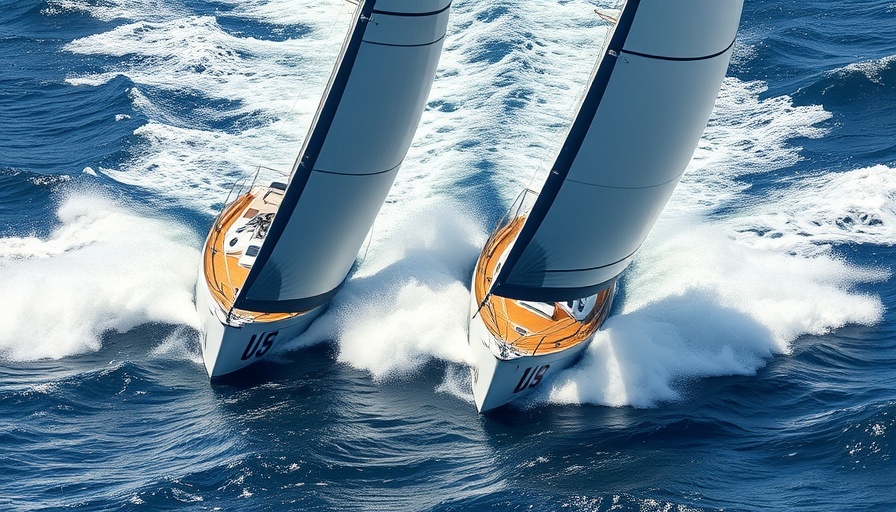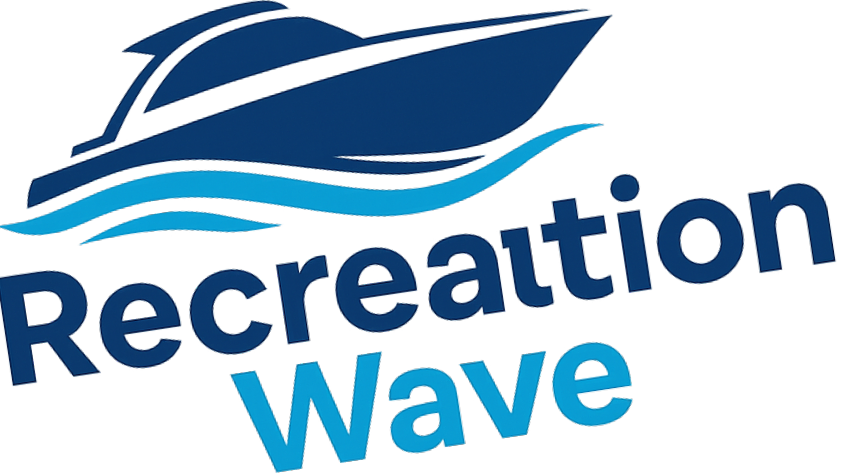
Collision Disrupts The Ocean Race Europe Start
The beginning of the Ocean Race Europe was marred by an unfortunate collision between two boats, Team Holcim PRB and Allagrande MAPEI Racing, just moments after the starting gun was fired. This incident occurred in strong winds that created a dynamic and fast-paced environment, leading to a sudden impact that halted both teams in their tracks before they could even complete the first mile of the race.
Immediate Consequences and Safety Measures
As news of the collision spread, both boats returned to the safety of the docks in Kiel. Fortunately, all crew members were safely accounted for, allowing for a sigh of relief among fans and families alike. Skipper Ambrogio Beccaria of Allagrande MAPEI Racing displayed visible disappointment, stating, "I’m sad to be back here now. We only did one mile of the race. It's super sad for our competitor also." Meanwhile, Team Holcim PRB’s skipper, Rosalin Kuiper, confirmed they sustained significant hull damage, further emphasizing the perils of high-speed sailing in challenging conditions. This emphasizes how safety must remain a priority in all competitive water sports.
Protests and Future Data
Following the collision, Holcim PRB lodged a formal protest against Allagrande MAPEI Racing. Race Director Phil Lawrence has stated that the situation will be deliberated upon by the International Jury at a later time, highlighting the incident's serious implications for both teams and the competition. Protests like this are a critical part of maintaining fairness in sports, especially where high stakes and costly damages are involved.
The Race Continues Without Them
Despite the early drama, the race continued as Biotherm took the lead, scoring two points at the Kiel Lighthouse scoring gate, with Paprec Arkéa closely following. The resilience of the remaining competitors illustrates the spirit of The Ocean Race, which celebrates not only skill and speed but perseverance in the face of obstacles.
A Journey Ahead: Potential Repairs and Return
Both Holcim PRB and Allagrande MAPEI Racing teams are focused on repairing their vessels in hopes of rejoining the race. Ambrogio Beccaria shared, “For sure we will not drop out until there is no chance. It doesn’t seem easy, but we will see.” Their determination reflects a wider theme in water sports: setbacks can often lead to stronger comebacks.
Conclusion: Embracing the Challenges of Water Sports
Ultimately, the collision serves as a poignant reminder of the unpredictability inherent in racing and water sports. It is crucial for participants, enthusiasts, and supporters to acknowledge not only the physical dynamics involved but also the mental fortitude it requires. As the race progresses, it’s vital for aspiring sailors to learn that while the journey may have obstacles, each experience is a chance for growth and development. May this event inspire us all to keep striving toward our passions, knowing that resilience can lead us to even greater adventures on the water.
 Add Row
Add Row  Add
Add 




Write A Comment